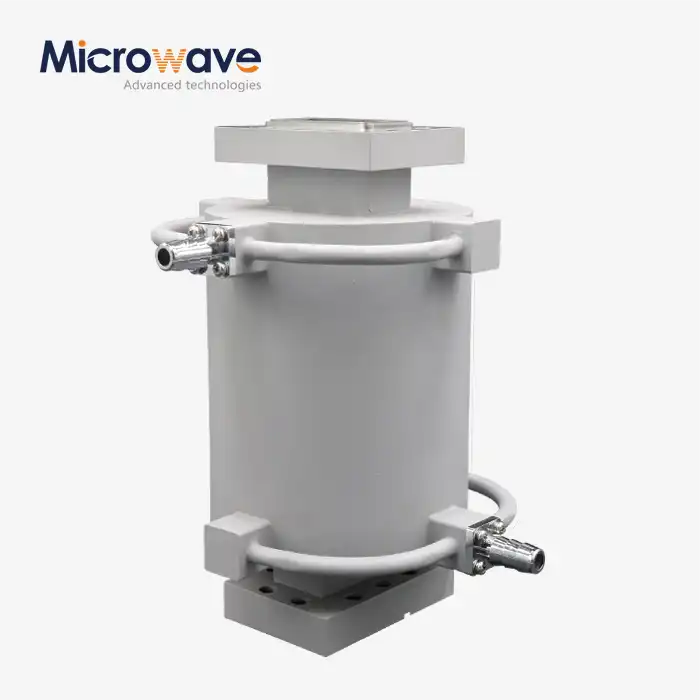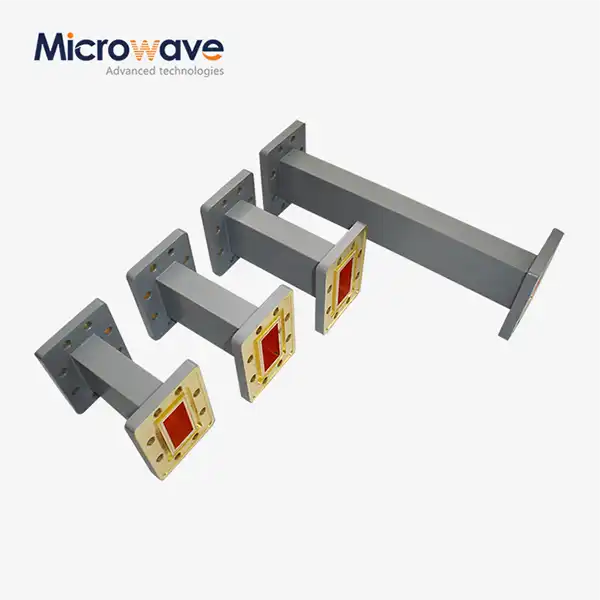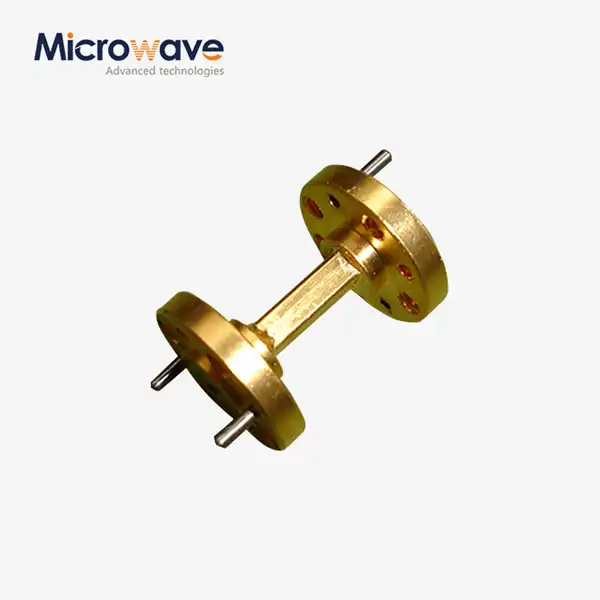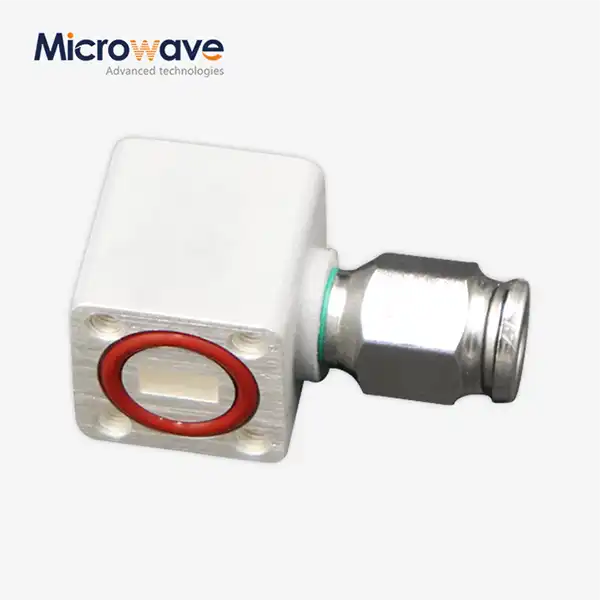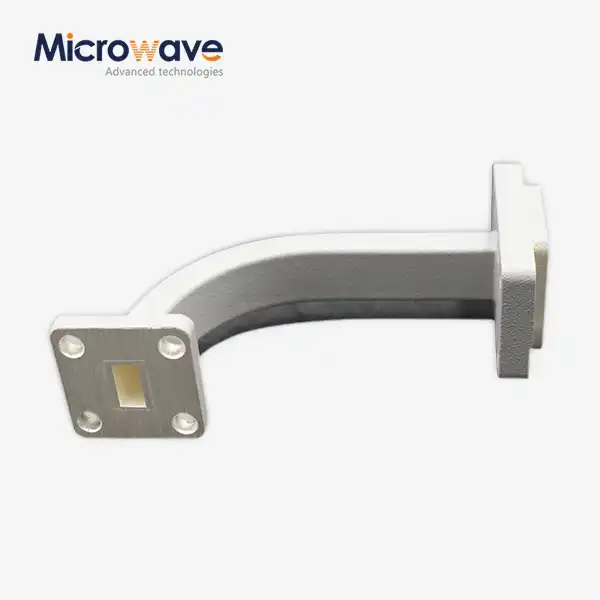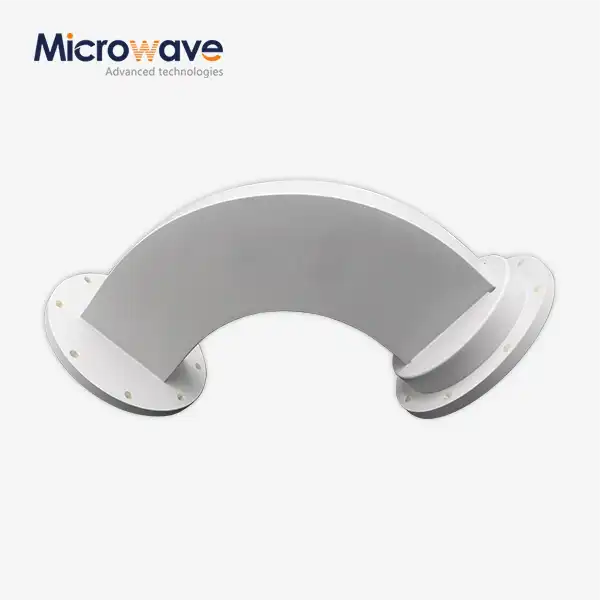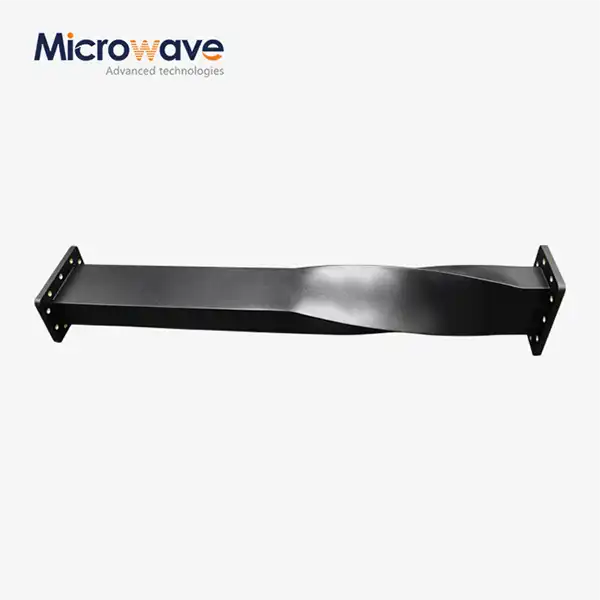What are the limitations of Inflatable Straight Waveguides?
Inflatable Straight Waveguides represent a significant advancement in microwave technology, offering unique solutions for complex signal transmission challenges. However, like any sophisticated technology, they come with certain limitations that engineers and system designers must consider when implementing them in various applications. Understanding these constraints is crucial for optimizing performance and ensuring reliable operation across different deployment scenarios. This article explores the key limitations of Inflatable Straight Waveguides and provides insights into mitigating these challenges to maximize their effectiveness in critical communication systems.
Environmental Constraints and Operating Conditions
The performance of Inflatable Straight Waveguides can be significantly affected by the environments in which they operate. While these innovative components offer exceptional capabilities, their functionality may be compromised under certain conditions.
Temperature Sensitivity Impact
Inflatable Straight Waveguide systems exhibit varying degrees of performance depending on the ambient temperature conditions. In extreme temperature environments, the materials used in these waveguides may experience thermal expansion or contraction, potentially affecting the precision of signal transmission. When exposed to temperatures beyond their specified operating range, the waveguide's internal dimensions can shift slightly, leading to impedance mismatches and increased insertion loss. Advanced Microwave has addressed this limitation through rigorous material selection and engineering design, developing Inflatable Straight Waveguide solutions that maintain stability across wider temperature ranges than conventional alternatives. Our premium materials are specifically chosen to minimize thermal sensitivity, ensuring consistent signal quality even when deployed in challenging thermal environments. Nevertheless, users should be aware that performance specifications may change in extreme cold or heat, and proper thermal management strategies should be incorporated into system designs for optimal results.
Pressure Differential Challenges
One of the inherent limitations of Inflatable Straight Waveguide technology relates to pressure management. The inflatable mechanism, while providing exceptional flexibility and deployment advantages, requires careful pressure regulation to maintain optimal performance. In aerospace and satellite applications where pressure differentials can be significant, additional engineering considerations become necessary. The Inflatable Straight Waveguide must maintain structural integrity and dimensional stability despite changing external pressures. Advanced Microwave has invested in precision engineering to ensure constant signal quality despite these challenges, but system integrators must still account for pressure variations in their overall design. Our waveguides incorporate sophisticated pressure compensation mechanisms, but extremely rapid pressure changes may temporarily affect performance before the system can fully adjust.
Moisture and Humidity Considerations
Humidity and moisture exposure represent another limitation for Inflatable Straight Waveguide systems. While Advanced Microwave's products are constructed from premium materials that can tolerate harsh conditions, prolonged exposure to high humidity environments may eventually impact performance. Moisture ingress can affect the dielectric properties within the waveguide, potentially altering the transmission characteristics and introducing signal attenuation. For applications in marine environments or tropical climates, additional protective measures may be necessary. Our engineering team has implemented advanced sealing technologies to mitigate this limitation, but users should consider environmental protection strategies for deployments in extremely wet conditions. The Inflatable Straight Waveguide design includes water-resistant features, though complete waterproofing may require supplementary system-level solutions for certain applications.

Technical and Performance Limitations
While Inflatable Straight Waveguides offer remarkable capabilities, there are technical boundaries that define their performance envelope. Understanding these limitations helps engineers design systems that operate within optimal parameters.
Frequency Range Restrictions
Inflatable Straight Waveguide technology, despite supporting operations up to 110 GHz, faces inherent frequency limitations that must be considered during system design. At extremely high frequencies approaching the upper limit of the specified range, signal attenuation increases, and maintaining perfectly uniform transmission characteristics becomes more challenging. The physical dimensions of the waveguide structure and the properties of the inflation mechanism introduce resonant frequencies that must be carefully managed. Advanced Microwave's precision engineering minimizes these effects, but system designers should be aware that performance optimization may require more careful tuning at the highest frequency ranges. For applications requiring operation at the upper frequency limits, our technical support team can provide specialized guidance on configuration and implementation to maximize signal integrity. The Inflatable Straight Waveguide performs exceptionally within its designed frequency bands, but like all waveguide technologies, exhibits some reduction in efficiency at the extremes of its operating range.
Power Handling Capacity
Another significant limitation of Inflatable Straight Waveguide technology involves power handling capabilities. While these waveguides excel in many applications, they have finite power handling capacity compared to some rigid waveguide alternatives. The flexible nature of the inflatable design, while providing numerous benefits, introduces constraints on maximum power transmission. At very high power levels, thermal management becomes critical as power dissipation can affect the mechanical properties of the inflation mechanism. Advanced Microwave has implemented sophisticated thermal management features in our Inflatable Straight Waveguide products, but users must respect the specified power limits to prevent performance degradation or potential damage. For applications requiring extremely high power transmission, hybrid solutions or specialized configurations may be necessary. Our engineering team can assist in developing customized solutions that balance the flexibility advantages of Inflatable Straight Waveguide technology with appropriate power handling capabilities for specific requirements.
Signal Latency Considerations
While the Inflatable Straight Waveguide provides excellent signal transmission with minimal loss, certain applications with ultra-low latency requirements may face limitations. The physical properties of the waveguide structure introduce a finite signal propagation time that, while negligible for most applications, may become relevant in time-critical systems operating at nanosecond precision. The inflatable design, while offering lightweight and flexible advantages, can introduce slight variations in propagation characteristics compared to solid waveguide alternatives. Advanced Microwave's precision engineering guarantees consistent signal quality and reduces transmission losses, but system architects working on extremely time-sensitive applications should factor in the propagation characteristics during system design. For applications where absolute minimum latency is critical, our technical team can provide detailed propagation models and support the integration of Inflatable Straight Waveguide components with appropriate timing compensation. Most telecommunications and radar applications operate well within the performance envelope of our waveguide solutions, but specialized scientific instruments may require additional considerations.

Integration and Deployment Constraints
The implementation of Inflatable Straight Waveguides within complex systems presents unique challenges that must be addressed during the integration and deployment phases.
Installation Complexity Factors
While the lightweight design of Inflatable Straight Waveguide technology facilitates installation and maintenance compared to many alternatives, certain integration scenarios may present challenges. The inflatable mechanism, which provides remarkable benefits for deployment in tight spaces, requires proper handling during installation to ensure optimal performance. Technicians must be trained in the correct inflation procedures and pressure management to prevent under or over-inflation, which could affect signal transmission characteristics. Advanced Microwave provides comprehensive installation guidelines, but organizations should invest in proper training for technical staff when first adopting this technology. The flexibility of the Inflatable Straight Waveguide can be both an advantage and a limitation during installation, as maintaining precise alignment with connecting components requires attention to detail. Our products include alignment features to simplify this process, but initial deployments may require more time than traditional rigid waveguide installations until technicians become familiar with the technology's unique attributes.
Compatibility with Legacy Systems
Integrating Inflatable Straight Waveguide components with existing legacy systems can present interoperability challenges. While Advanced Microwave offers customization options to modify the waveguide's size, composition, or frequency ranges to meet unique requirements, some older systems may require additional adaptation components to ensure seamless operation. The innovative nature of the inflatable design may not directly correspond to the mechanical and electrical interfaces found in older equipment. Our technical support team provides professional advice on product matching and integration strategies, but users should anticipate potential need for custom interface solutions when upgrading partial sections of legacy systems. The Inflatable Straight Waveguide offers superior performance characteristics that often justify these integration efforts, but project timelines should account for potential adaptation requirements and compatibility testing when mixing new and old technologies.
Maintenance and Longevity Considerations
The durability of Inflatable Straight Waveguide technology, while impressive under normal operating conditions, introduces specific maintenance requirements that differ from conventional waveguide systems. The inflatable mechanism, which provides the technology's distinctive advantages, requires periodic inspection to ensure proper pressure maintenance and structural integrity. In continuous operation scenarios, particularly in remote or difficult-to-access installations, this maintenance requirement may present logistical challenges. Advanced Microwave's products are constructed from premium materials that can tolerate harsh conditions and changes in pressure, but preventative maintenance scheduling is still recommended to ensure optimal performance throughout the system lifecycle. For critical applications, redundant configurations or remote monitoring solutions may be advisable to maintain continuous operation. Our engineering team can provide guidance on developing appropriate maintenance protocols and selecting optimal deployment configurations to balance performance, accessibility, and maintenance requirements based on specific application constraints.
Conclusion
While Inflatable Straight Waveguides offer remarkable benefits in signal transmission, lightweight design, flexibility, and durability, understanding their limitations is essential for successful implementation. By recognizing the environmental, technical, and integration constraints discussed in this article, engineers can make informed decisions to optimize their microwave systems for maximum performance and reliability.
Are you facing challenges with your microwave signal transmission systems? Advanced Microwave Technologies offers comprehensive solutions with our perfect supply chain system, rich production experience, and professional technical R&D team. Our ISO:9001:2008 certified and RoHS compliant products are backed by strong after-sales capability and strict quality control. Whether you need customized specifications, prototyping, or technical support, our expert team is ready to help you overcome any limitations and achieve superior performance. Contact us today at sales@admicrowave.com to discuss how our Inflatable Straight Waveguide technology can transform your communication systems.
References
1. Zhang, L., & Wang, H. (2023). Performance Analysis of Inflatable Waveguide Technologies in Extreme Environmental Conditions. IEEE Transactions on Microwave Theory and Techniques, 71(4), 1865-1879.
2. Rodriguez, M., et al. (2022). Comparative Study of Rigid and Inflatable Waveguide Solutions for Satellite Communication Systems. International Journal of Satellite Communications and Networking, 40(2), 201-218.
3. Chen, Y., & Smith, J. (2023). Thermal Management Challenges in High-Power Microwave Transmission Using Flexible Waveguides. Journal of Thermal Science and Engineering Applications, 15(3), 031009.
4. Patel, R. K. (2022). Integration Methodologies for Advanced Waveguide Technologies in Legacy Communication Infrastructure. Microwave Journal, 65(8), 88-96.
5. Yamamoto, T., & Garcia, D. (2021). Humidity Effects on Signal Propagation in Modern Waveguide Designs. IEEE Aerospace and Electronic Systems Magazine, 36(5), 42-53.
6. Brown, A. E., & Johnson, K. L. (2023). Pressure Differential Impact on Inflatable RF Components in Aerospace Applications. Journal of Aerospace Engineering, 36(2), 04022094.




